What is the difference between a client and a lead? How about an audience and a target audience? We’ll explain all of these and a whole lot more in this post, because creating your own email marketing list is crucial to a successful campaign.
First off, don’t buy a list from someone else, be it a shady person on the internet wanting to sell names, or a reputable company with permission to “share”. Don’t be misled, this is spamming people. When you buy that list from someone else, these people don’t know you at all. They may have gotten their information stolen and sold, or in the latter case – they might have done nothing to cause this to happen except to sign up for a monthly magazine subscription where they didn’t read the fine print. This has been mentioned first because there is likely nothing worse you can do in marketing than to spam people on a “cold list”.
A cold list is a list that has no connection to you at all, or has not been used in quite some time. People can and will forget you unless you stay in touch and give them a reason to remember you. What is worse than spamming your own cold list is spamming strangers. These people don’t know you and they don’t know how you got their email address, and if you think they’ll be pleased to hear from you, think again. People hate spam. In today’s world, with identify theft pretty rampant, they hate it even more so the only thing you’ll get associated with by emailing strangers, is that you’re a slimy snake oil salesman who they’re better off getting far away from. Don’t be that guy.
Now that the big one is out of the way, onto our 12 steps…
1. Webinars!
What is a webinar? If you know what a seminar is, just convert that to the digital world where it can happen via live streaming video. This means more people can attend who want to, and your reach expands exponentially. A webinar typically runs for 15 minutes, and a person must be there on time for it to be seen at all. You have to be there, and that creates a sense of commitment which psychology of marketing tells us is ideal. It also suggests urgency, because if they’re not there on time, they’ll miss out. The kicker here is, if they want to attend they’ll need to enter their email address, and that will give you a name on a list.
2. Your Very Own A-Team
Networking is important in ways that just can’t be properly expressed in enough urgency. If you don’t know the right people in today’s world, you’ll find yourself at the bottom. Naught but hard work will get you to the top if you’re flying solo, and it’s a lot harder of a job. Why make it more difficult for yourself? Join talents with other top names in marketing and blogging. You’ll have to connect with people who are at your own level to start with, and make a plan (written!) to build brands and work together to gain more influence for both. By using each others respective audiences as leverage, the reach expands massively, and you also get to share in the victories as you both grow and become more popular. Soon you’ll have the clout to approach the kings in the field, and you’ll have something to offer in return for their “help” by being connected; your own name, power, and influence. In marketing, that is the only currency that matters.
3. Fulfilling a Need – FREE!
Anyone who ever achieves even a moderate level of success can tell you how many requests they get for promotions, and cross-sharing. People will never stop asking for help for a need they have, but few actually bother to give back. When giving does happen, it usually comes with a price tag. These people got big because they’re so good at their niche or particular set of skills that they’ve become famous, and become associated directly with it. These major influential people who are big players in their field have needs also, and while people are beating down their virtual doors for help,they’re not offering any. Be that person. Offer some help to them for free to curry a little favor. You may find it comes in handy later. You can ask if they need a guest post for their blog, or you can find any other number of things they’ll be happy to offload onto you. It’s that old saying, “scratch my back and I’ll scratch yours.” You must give, to receive.
4. Be the Success Story
If you ever wondered why celebrities charge SO much money for endorsing a product, it’s because they are putting their name and reputation in front of the product, and that means a lot. In the world of acting, popularity and influence are also the currency that matters. Little else can cause an actor or actress’ career to skyrocket so much as the amount of social power they wield. This is true also for those monsters in the field of marketing. Why do they need you or want you around? Consider this… all of them, or most – have a photo of someone, or a story they’ve shared where their advice, courses etc, made this ordinary fellow into a millionaire. They want to show off their prodigies, and people who got the most from their tutelage. It serves to make them appear to be wise, and all-knowing. If you can talk them into letting you be their own personal success story, you’ll be featured, discussed on their social media pages, and you’ll certainly be heard of. What’s more, you’ll have a powerful friend for life by doing so.
5. Bonuses Work for Referrals
People will do a lot for very little you’ll find, and if you offer them a bonus for sharing your content to friends and family, you’ll notice some grand spikes in the number of visitors you get. There is little better than to get a direct referral because the person who told the other person is already a trusted contact of the other. You don’t have to build trust from scratch with the person, you’ll gain it automatically from the referral. Your client’s word was enough to bring them to you and keep them there. People love to share things with others anyway, so if you sweeten the deal say, giving something away for 20% off, or free, they’ll tell their friends about you and will be happy to do so. They’ll think they’re giving their circle of people something of value, which is also good for them. You can even include a bonus for the person referred to the site, like another 20% off for them as well or something else equally tasty.
6. Stand on the Shoulders of Giants
There are big names out there, just look up “most successful marketers of all time” and you’ll see just how many there are, and how diverse that group is. Each of them has a giant list of clients with impressive names like Exxon, or Amazon, broadcasting stations like NBC, ABC or CBS, newspapers like The Wall Street Journal or the NY Times. Some even have names of important individual people or groups of people like a governor, mayor, senator, or even the President. They list these because it increases their own power and clout by saying that they are a happy client of theirs. We need to say this though, only because there are some less than honest people out there… don’t name drop someone’s name if you don’t actually know them or have worked with or for them to create something. In order for this to be successful, you’ll need to gain a big name. The only way to manage that is to approach big companies with offers to fix something free. You can come to them with knowledge about how to make something better, and offer to do it for them, or work alongside their own dedicated team so they can do that with your instruction. This one might take some time because big businesses and individuals rarely do business with small businesses, but if you keep trying you’ll land one.
7. Social Media Win
Social proof is crazy in terms of influence. People are more likely to purchase from somewhere that contains ratings and reviews from their clients. For this, you need a large amount of social power, which means “Likes” to your Page on Facebook, or Twitter Followers. The more people you have, the more you’ll gain – people assume that popularity equates to quality. If you’re a small business, and most are which start here – keep in mind that having 2k subscribers on your list, 15k Facebook Likes, and 20k Twitter Followers isn’t that impressive. That might be huge to you, but it’s not that many people when looking from the outside in. You want your leads to look at your site, page, etc and think “wowies, this business is super popular, maybe I should check them out too”. To fix this? Don’t list all your numbers individually. Add them all together, because you now have a bigger and more substantial number: 37,000 people. That’s massive and a lot more impressive to the people you’re trying to attract. Whatever you do, don’t fudge your numbers. If it seems unlikely, people will lose trust in you. They can check up on you by seeing how many Facebook Likes you have, and then assume that the number has been skewed. Think about it, if a Facebook page has 500 likes, but the business claims on their actual website to have 500k subscribers, you’d probably find that dubious too.
8. Quality Content
It really all starts here when it comes to value for your customers. They gain that by reading your blog posts, so don’t try to save money by outsourcing to people who barely speak the local language. You want a quality writer with the power to gain attention from people, and to influence them. That writer will need to be able to dig in and write more about something in detail and depth which is authoritative in nature and is helpful to people or solves a need. The post should be 3k – 4k words, and then the writer needs to summarize the post, and shorten it – leaving out a lot of the big stuff, and put that post up on the site. Then you can use your social media page to offer people the full article, or upgraded blog post by giving you their email address. You can do that with a popup or by having them redirected to a page which collects it before allowing them to see the locked content. You may find this gains you a 30-60% increase in your subscriptions, because they are reading your article already – they like what you wrote about, but they want to read the whole thing.
9. Sharing Via Email
People do this on Facebook and in other social media sites like Reddit even. They share things they’ve not even bothered to read themselves. They read the title, assume it’s worthy, and then share it to make themselves appear more knowledgeable, smarter, better in some way than others. They do this via email as well. When you send your blog posts out to your email list with links to your site, you’re doing it to increase the number of site visitors you have – increasing your click-through rate.
You want to have links in your emails, but not tons of them, you don’t want to risk the person clicking on the wrong one, or the less optimal one. The popular Email provider GetResponse study that showed on average email CTR, that 2.4% was without social shares, and 5.2% was with social shares in email. That increase amounts to 158% which is HUGE. If you’re lucky the person you emailed it to will actually read it, but today people are more skimmers of information rather than readers, and they feel their time is too valuable to sit reading the whole thing, but they are happy to share it to increase their own social standing!
10. Giveaways
People love free stuff, and they love it so much that they’ll give you their email address happily if they’ll get something more valuable to them in return. Giveaways create engagement and they also result in happy clients. You need to have something to offer that they actually desire, or can fix something for them. You can have them sign up via their email address to be entered to win, and you can offer them additional chances to win by giving referrals to you of other family/friends. You can do this by giving them a code that they can give to their referred people, who will then enter the code when they also enter the contest. You want what you’re giving away to only matter to people who would gladly pay for something you’re offering, because you’re not trying to attract freebie addicts. For instance, you could offer them a free month of service, or an additional feature for a specified length of time. This would only matter to people who are in that business or niche, who would benefit by having it.
11. Opt-In Incentivization
This works much like many of the other options by providing someone with something of value in exchange for their email address/subscription. You want to give them a thank you for signing up and you want to show them that by doing so, they’ll gain only quality information and best practices. You can do this with an upgraded blog post, or a giveaway of some sort. You can create a quiz, or an infographic or something else quick and easy to produce but gives them something important. There are as many things you can give them to say thank you as your imagination can dream up so get creative and try to offer them something they can’t say no to.
12. Details details
So, this is one is less a tip than a glossary. As promised… a lead is a person who has not yet bought from you but has also not unsubscribed. At some point, they signed up for your emails but haven’t been pushed to the point they would buy yet. They become a client when they buy.
A target audience is the group of people worldwide who you want to market to. This is the group of people most interested in your niche, and you can narrow it down by age, sex, regional location, career, interest, and a lot more. This is the group of people who you stand the best chance of getting as subscribers, who would be interested in your work and would buy from you. An audience is simply anyone who sees your posts but has not yet subscribed. They know you exist, they just aren’t interested enough to sign up.

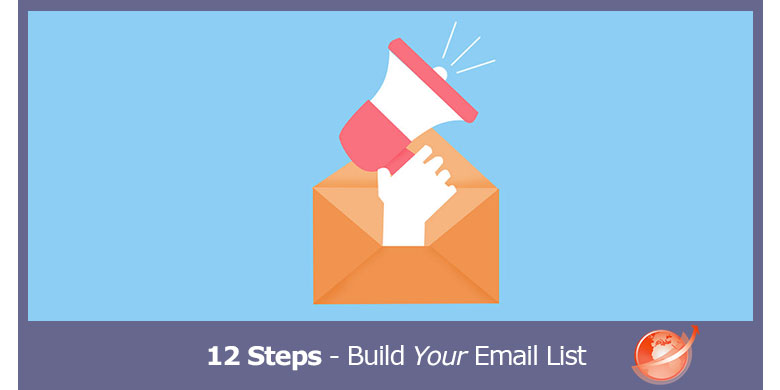
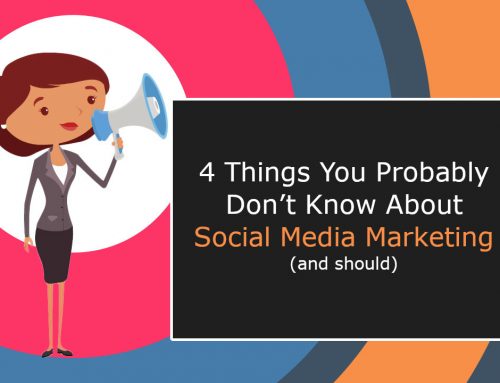
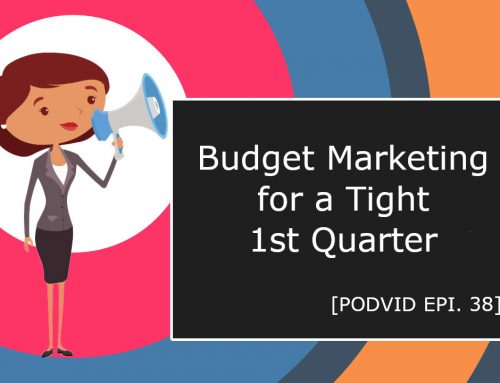
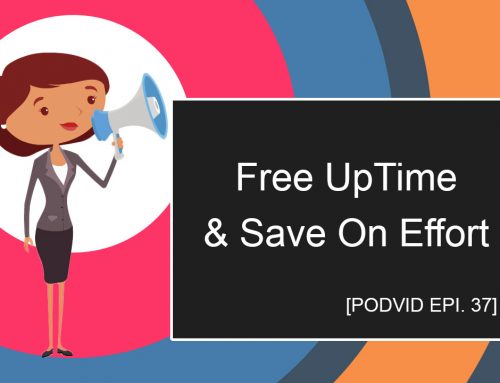
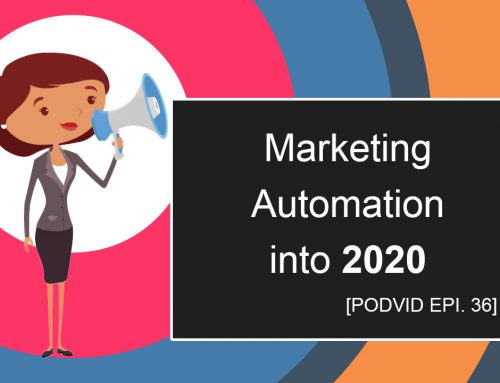
![Do you know BERT? [Google SEO]](https://magiwebsa.com/wp-content/uploads/2019/11/podvid-epi35-cover-500x383.jpg)